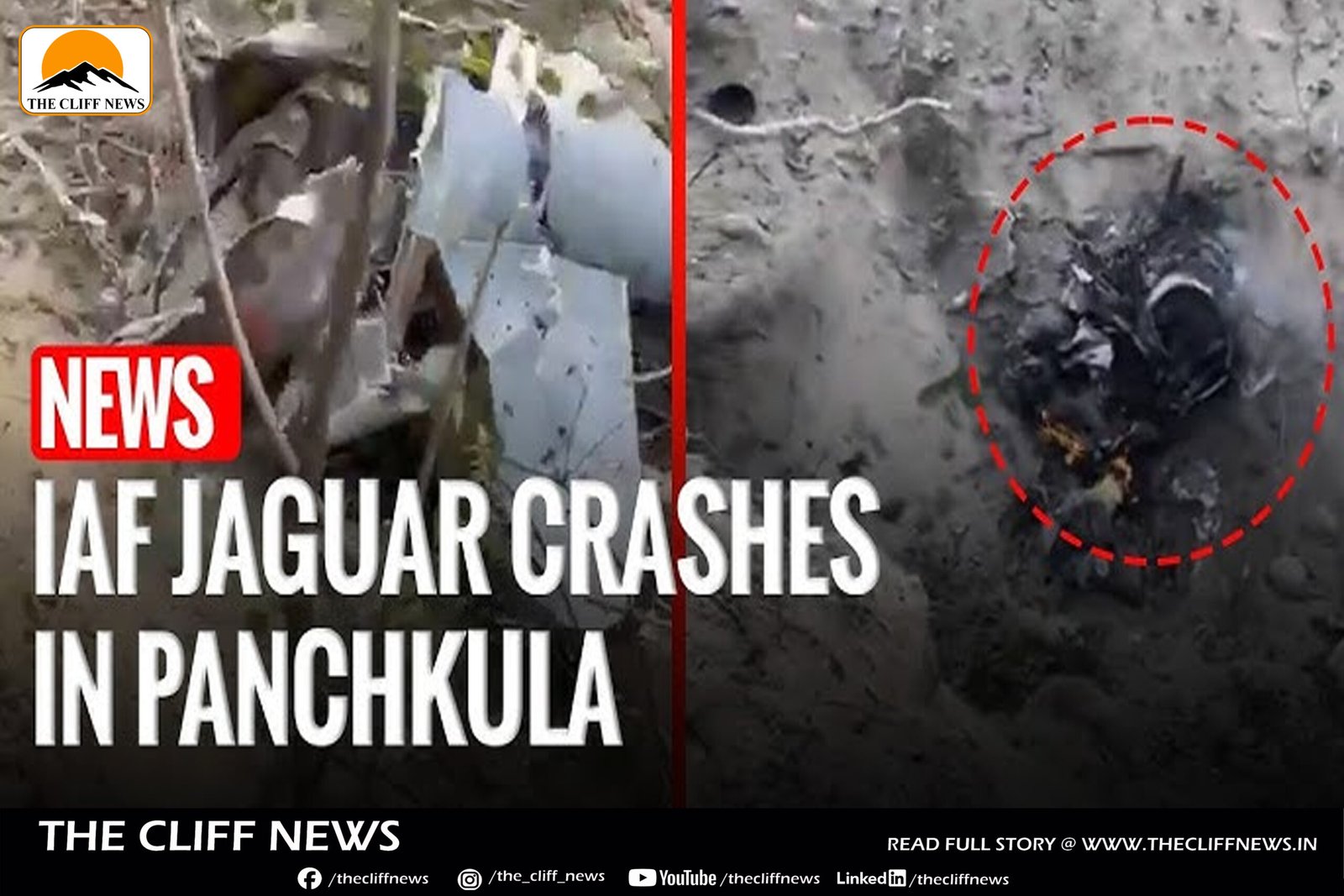The Indian Air Force (IAF) lost two young officers in a tragic crash involving a Jaguar fighter-bomber in Rajasthan’s Churu district on Wednesday, July 9. The pilots have been identified as Squadron Leader Lokendra Singh Sindhu (31) from Rohtak, Haryana, and Flight Lieutenant Rishi Raj Singh (23) from Pali, Rajasthan.
The crash occurred near Bhanoda village during a routine training sortie in a twin-seater Jaguar trainer aircraft. The IAF has ordered a court of inquiry to investigate the cause of the accident.
In an official statement, the IAF said:
“An IAF Jaguar Trainer aircraft met with an accident during a routine training mission and crashed near Churu in Rajasthan. Both pilots sustained fatal injuries in the accident. No civil property was damaged. IAF deeply regrets the loss of lives and stands firmly with the bereaved families in this time of grief.”
This marks the third Jaguar crash in 2025—the first occurred in Panchkula, Haryana on March 7, and the second near Jamnagar, Gujarat on April 2.
The crash has once again raised concerns over the safety and reliability of the IAF’s Jaguar fleet. Originally inducted in 1979, the Jaguar aircraft has been heavily upgraded over the years, but many of its components—especially the engines—are now outdated. Despite being phased out by countries like Britain, France, Ecuador, Nigeria, and Oman, India continues to operate approximately 120 Jaguar aircraft across six squadrons.
The IAF remains the last active operator of these ageing, low-flying strike aircraft, mainly due to delays in inducting modern replacements like the HAL Tejas Mk2, additional Rafale jets, and other multi-role fighters. As a result, the Jaguars continue to serve despite increasing signs of mechanical vulnerability, with earlier crash investigations often pointing to engine failure.
The latest accident has reignited calls for the phased retirement of the Jaguar fleet and for accelerated induction of newer, safer aircraft to protect the lives of pilots and ensure combat readiness.



